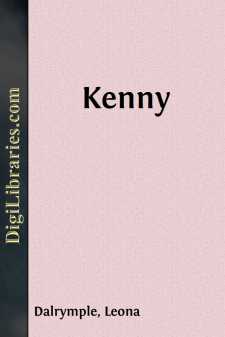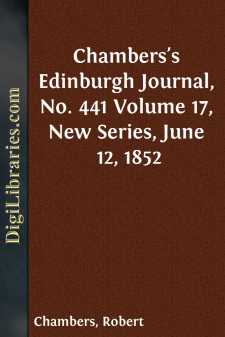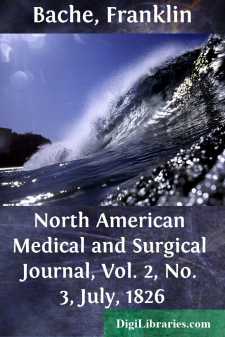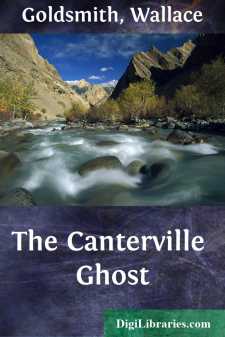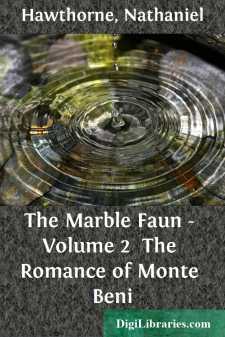Categories
- Antiques & Collectibles 13
- Architecture 36
- Art 48
- Bibles 22
- Biography & Autobiography 813
- Body, Mind & Spirit 142
- Business & Economics 28
- Children's Books 17
- Children's Fiction 14
- Computers 4
- Cooking 94
- Crafts & Hobbies 4
- Drama 346
- Education 46
- Family & Relationships 57
- Fiction 11829
- Games 19
- Gardening 17
- Health & Fitness 34
- History 1377
- House & Home 1
- Humor 147
- Juvenile Fiction 1873
- Juvenile Nonfiction 202
- Language Arts & Disciplines 88
- Law 16
- Literary Collections 686
- Literary Criticism 179
- Mathematics 13
- Medical 41
- Music 40
- Nature 179
- Non-Classifiable 1768
- Performing Arts 7
- Periodicals 1453
- Philosophy 64
- Photography 2
- Poetry 896
- Political Science 203
- Psychology 42
- Reference 154
- Religion 513
- Science 126
- Self-Help 84
- Social Science 81
- Sports & Recreation 34
- Study Aids 3
- Technology & Engineering 59
- Transportation 23
- Travel 463
- True Crime 29
Sort by:
by:
Leona Dalrymple
CHAPTER I BRIAN REBELS "You needn't repeat it," said Brian with a flash of his quiet eyes. "This time, Kenny, I mean to stay disinherited." Kennicott O'Neill stared at his son and gasped. The note of permanency in the chronic rite of disinheritance was startling. So was something in the set of Brian's chin and the flush of anger burning steadily beneath the dark of his...
more...
by:
Robert Chambers
UNFASHIONABLE CLUBS. It is with a feeling doubtless somewhat analogous to that of the angler, that the London shopkeeper from time to time regards the moneyless crowds who throng in gaping admiration around the tempting display he makes in his window. His admirers and the fish, however, are in different circumstances: the one won't bite if they have no mind; the others can't bite if they...
more...
by:
Horatio Alger
DRIVEN FROM HOME. A boy of sixteen, with a small gripsack in his hand, trudged along the country road. He was of good height for his age, strongly built, and had a frank, attractive face. He was naturally of a cheerful temperament, but at present his face was grave, and not without a shade of anxiety. This can hardly be a matter of surprise when we consider that he was thrown upon his own resources,...
more...
by:
Franklin Bache
Article I.—Description of the Gangrenous Ulcer of the Mouths of Children. By B. H. Coates, M. D. one of the Physicians to the Philadelphia Children's Asylum, &c. Having had opportunities of witnessing the ravages and unmanageable character of this destructive disease, I have long and deeply felt the want of some written account, both of the malady, and of a proper mode of treatment. Some...
more...
by:
Harry Rountree
I If his father had been a brown bear and his mother a badger, the result in outward appearance would have been Gulo, or something very much like him. But not all the crossing in the world could have accounted for his character; that came straight from the Devil, his master. Gulo, however, was not a cross. He was himself, Gulo, the wolverine, alias glutton, alias carcajou, alias quick-hatch, alias...
more...
by:
George Gilfillan
SIR CHARLES SEDLEY. Sedley was one of those characters who exert a personal fascination over their own age without leaving any works behind them to perpetuate the charm to posterity. He was the son of Sir John Sedley of Aylesford, in Kent, and was born in 1639. When the Restoration took place he repaired to London, and plunged into all the licence of the time, shedding, however, over the putrid pool...
more...
When Mr. Hiram B. Otis, the American Minister, bought Canterville Chase, every one told him he was doing a very foolish thing, as there was no doubt at all that the place was haunted. Indeed, Lord Canterville himself, who was a man of the most punctilious honour, had felt it his duty to mention the fact to Mr. Otis when they came to discuss terms. "We have not cared to live in the place...
more...
CHAPTER XXIVTHE TOWER AMONG THE APENNINESIt was in June that the sculptor, Kenyon, arrived on horseback at the gate of an ancient country house (which, from some of its features, might almost be called a castle) situated in a part of Tuscany somewhat remote from the ordinary track of tourists. Thither we must now accompany him, and endeavor to make our story flow onward, like a streamlet, past a gray...
more...
JOHN GAYTHER'S GARDEN The garden did not belong to John Gayther; he merely had charge of it. At certain busy seasons he had some men to help him in his work, but for the greater part of the year he preferred doing everything himself. It was a very fine garden over which John Gayther had charge. It extended this way and that for long distances. It was difficult to see how far it did extend, there...
more...
by:
Emma Helen Blair
Preface In this volume are recorded the more important events in the history of the Philippine colony during the years 1591–92. The dissensions between the secular and the ecclesiastical authorities continue, though the governor asks, in various important public affairs, the advice of the religious orders, and in view of a threatened invasion by the Japanese, appeals to the ecclesiastics to cease...
more...


